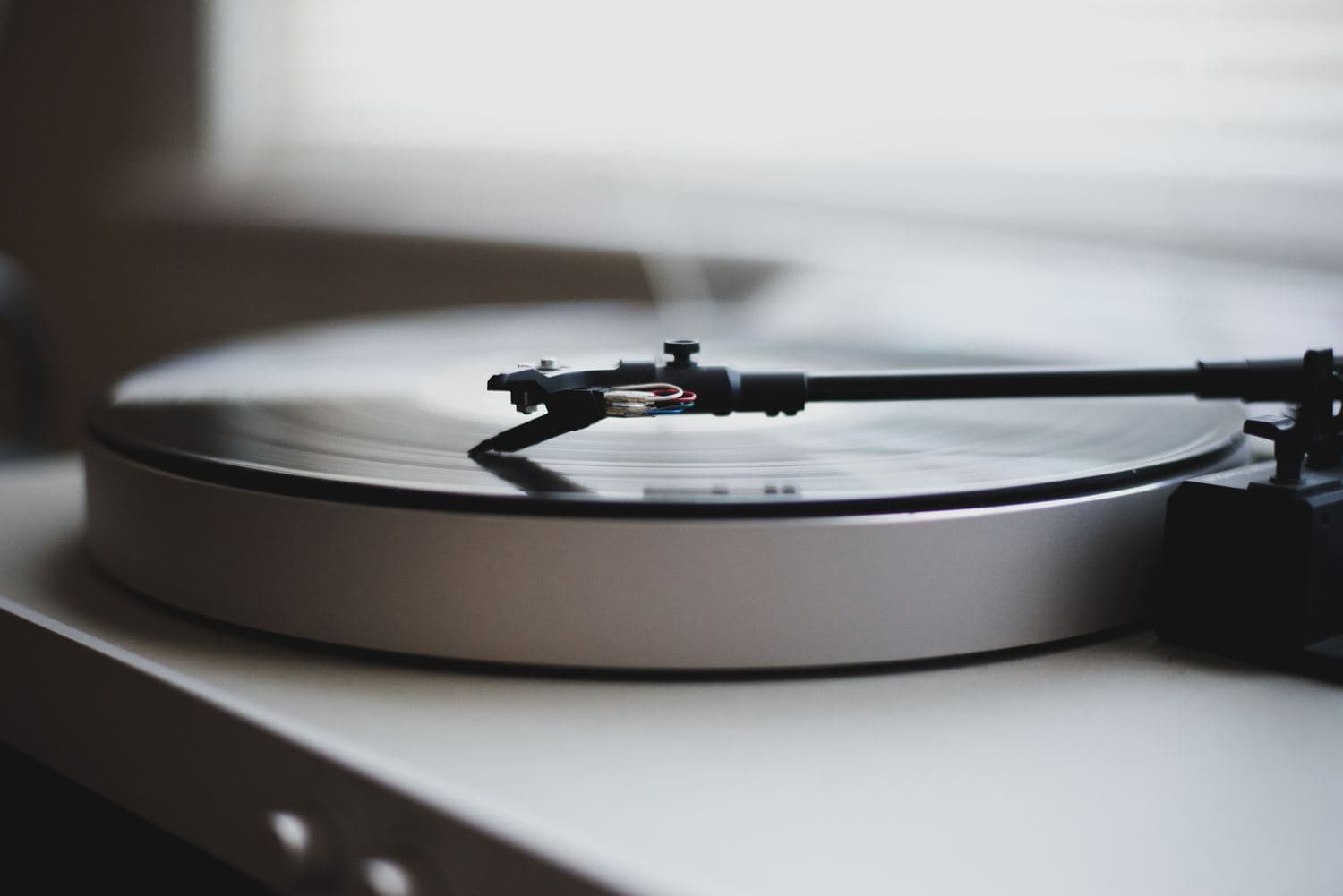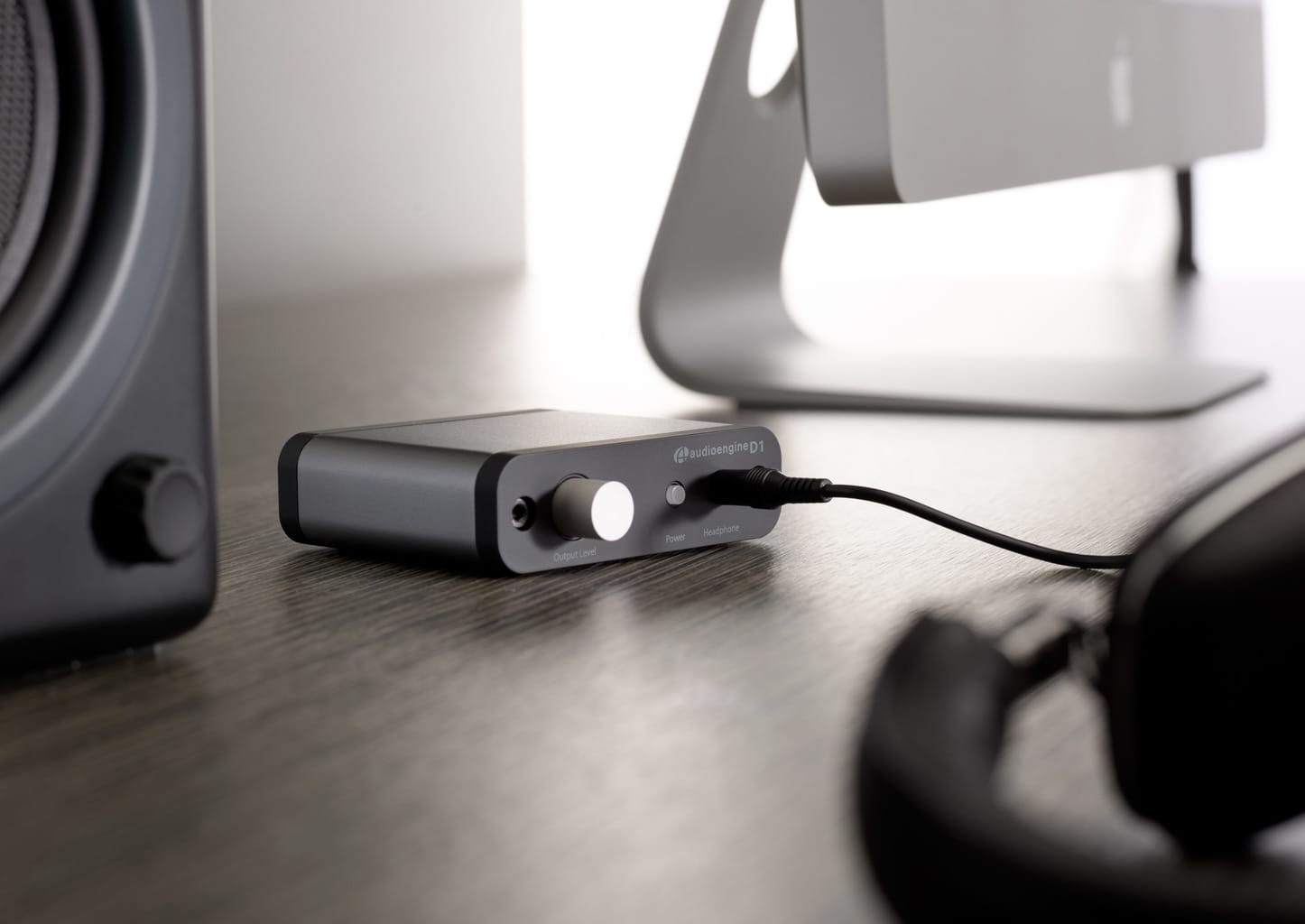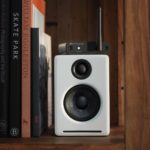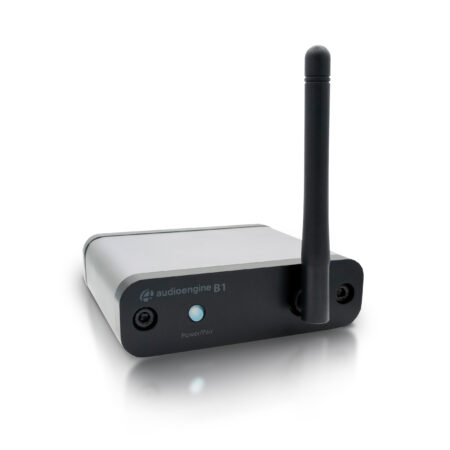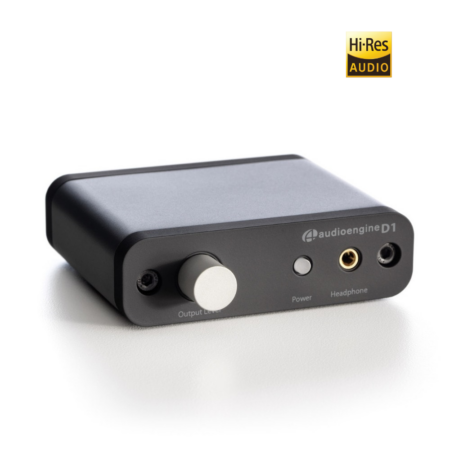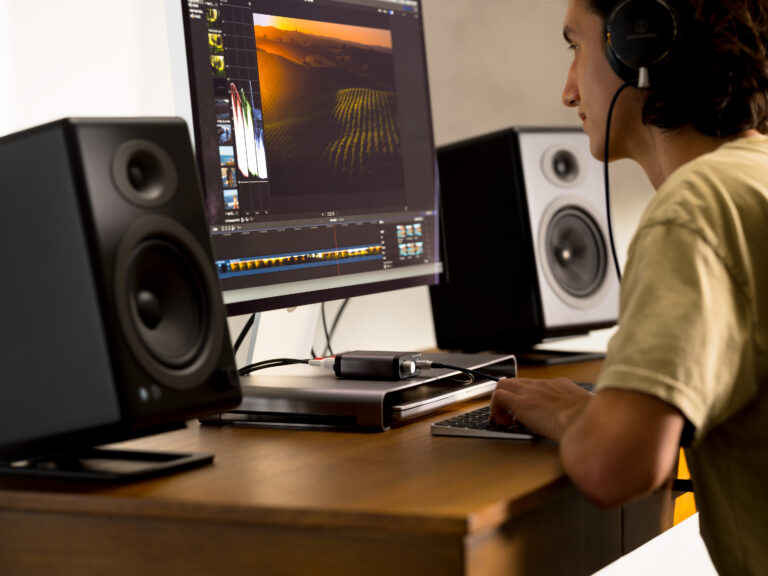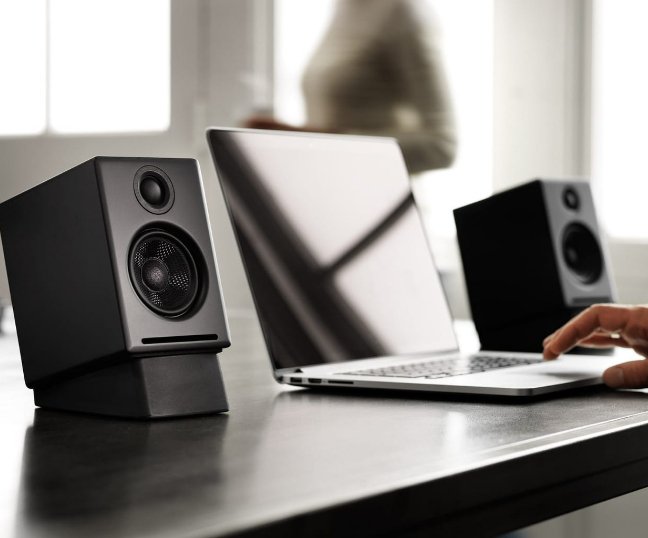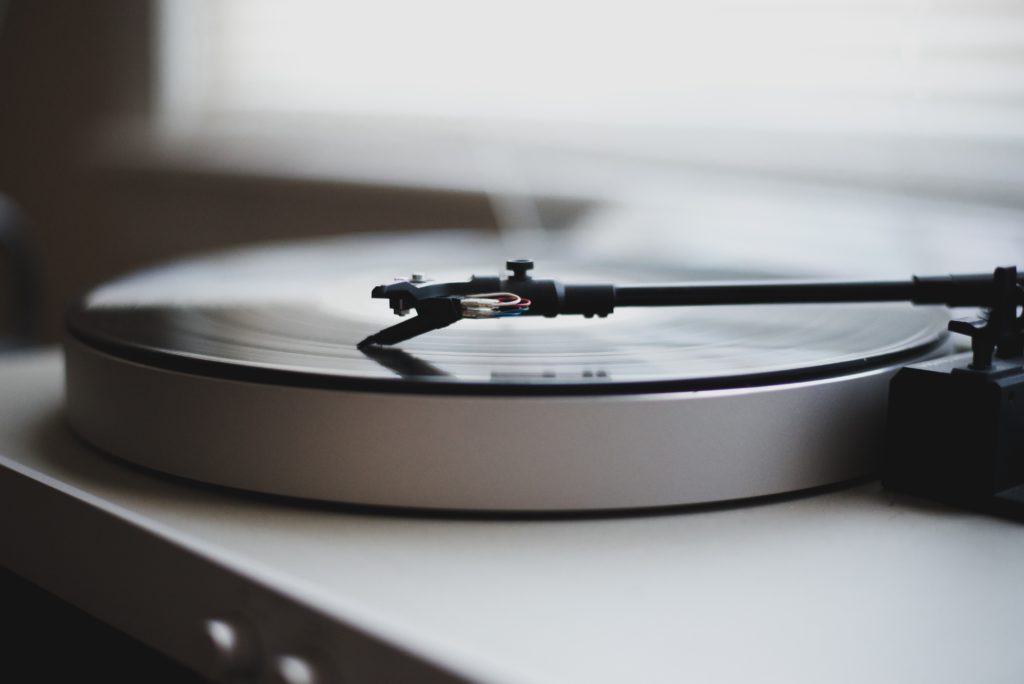
Since streaming audio from your smartphone or tablet is so easy, wouldn’t it be cool if everything was wireless-ready?
Unfortunately, not everything has wireless capabilities built-into them, but this is where adding a Bluetooth receiver to your setup opens up a whole new audio landscape you can tap into.
Here are just a few Bluetooth receiver hacks you can use at your disposal to create a versatile wireless system:
1. While some of the newer home audio speaker systems have wireless capabilities built-into them, there are still many setups that don’t, making streaming wirelessly to them a bit of a challenge.
Many stand-alone Bluetooth music receivers, such as our B1, feature analog line level outputs so you can add it pretty much to any setup you want. This comes in handy if you wanted to dig out the vintage AV receiver and turn it into a wireless setup; all you’d need is a standard RCA cable to connect to the RCA input of your AV receiver. The B1 Bluetooth Receiver also works with any powered speakers that have line level inputs, so almost anything can be turned into a wireless setup.
2. Many sources don’t have streaming capabilities, such as turntables, so wouldn’t it be cool to send audio from this source to your favorite pair of powered speakers or AV receiver? The good news is that you can! The B1 works great with third-party Bluetooth transmitters; all you’d have to do is connect your source to the transmitter’s input and then pair the transmitter to the B1 Bluetooth Receiver.
This also comes in handy if your computer’s Bluetooth module is less than stellar and want to use a more substantial transmitter.
3. The B1 adds a ton of convenience, but what if you wanted to stream your music library from a totally different room but not wake up your significant other? The B1 doesn’t have a headphone output, but our D1 24-bit DAC does! You can actually use both of them together to get the best of both worlds.
The B1 features an optical output while the D1 has an optical input, so all you would need to do is connect the B1’s optical output to the optical input of the D1 using a standard optical cable. From there, you’d just connect the D1’s RCA output to your audio system; the D1 will mute its RCA outputs once something is plugged into the headphone output, so swapping between using headphones and your speaker setup is a breeze.
Adding a Bluetooth music receiver opens up a ton of options for your home audio and utilizing these Bluetooth music receiver hacks can turn any system into an audio Swiss Army Knife.


